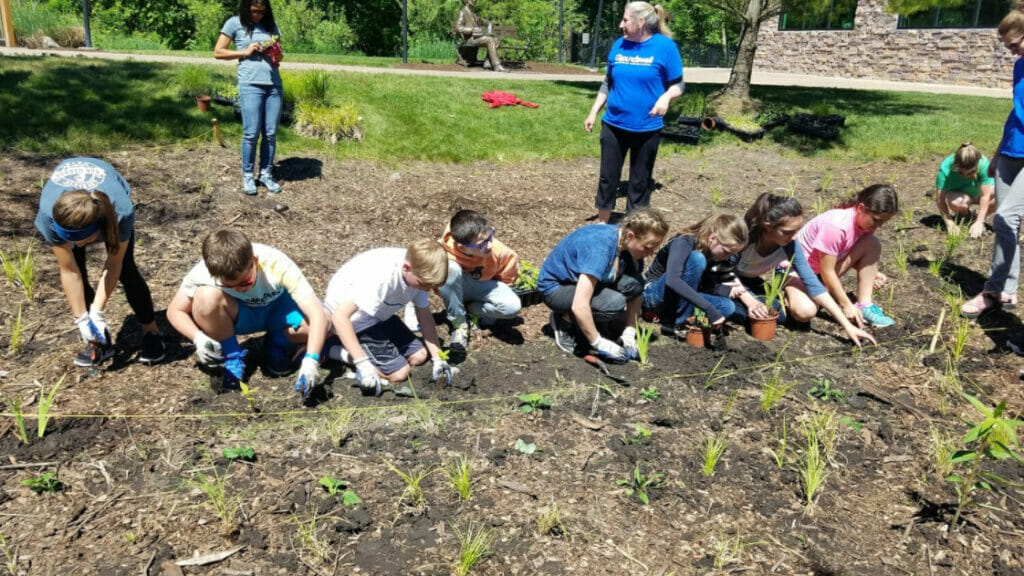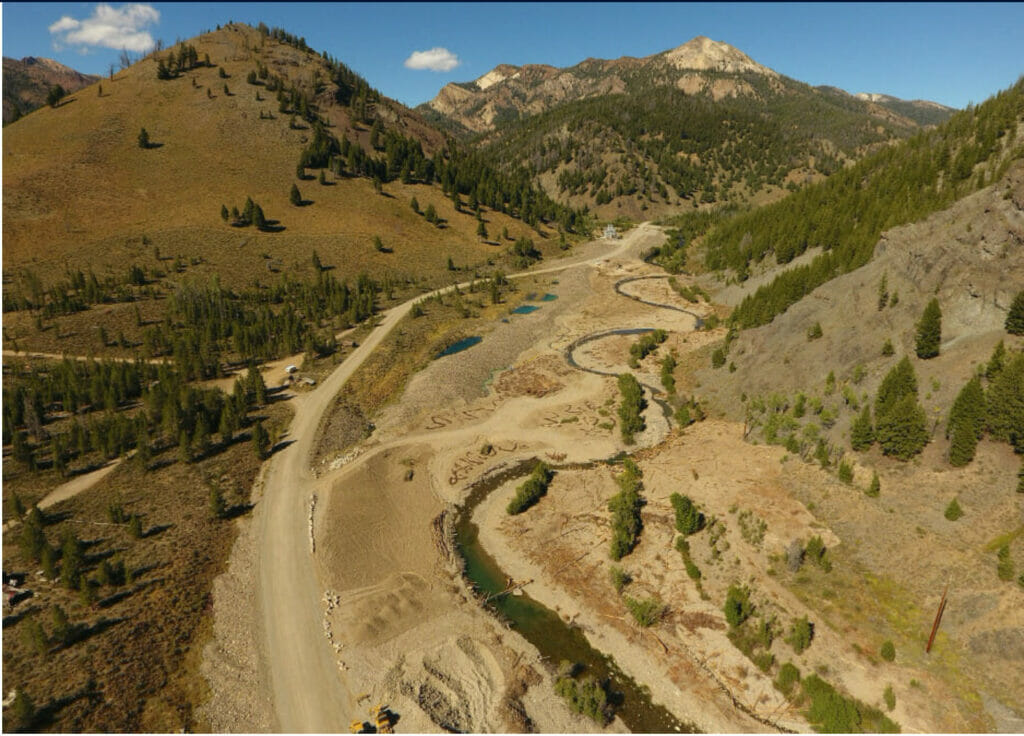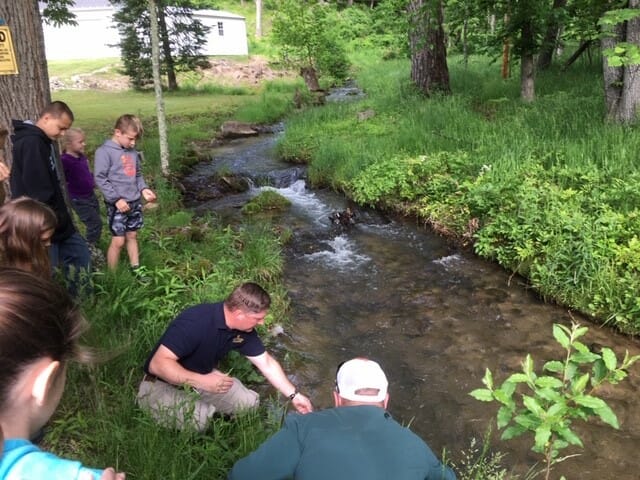A few days ago, the people of Wareham, Mass., delivered a victory for conservation. They voted overwhelmingly against the wishes of their town administrator, and four of their five selectmen, and denied a 775-acre development in the headwaters of Red Brook.
The development likely would have harmed one of the relatively few remaining populations of salter brook trout south of Maine. Salters can live in the salt water and grow four inches in a single winter in the salt. Trout Unlimited and its partners have spent more than $4 million over the past few decades to recover Red Brook.
Before the vote, a Massachusetts volunteer breathlessly told me that Wareham’s vote was the “equivalent of protecting Bristol Bay in the East!” While the scope of the victory in Wareham is dramatically different than Bristol Bay, the sentiment of his words stuck with me.
Our ability to work with other local partners, and, against all odds stop, a harmful development in Wareham required similar work to stopping the Pebble Mine in Alaska.
Scalability is defined as the capacity to change in size or scope. Our ability to scale our work from the local to the national levels to help people understand the importance of caring for and recovering their lands and waters, sets Trout Unlimited apart.

Engaging kids helps motivate parents
Jamie Vaughn and Nicole DeMol have worked with thousands of schoolchildren to build rain gardens and revegetate streamside areas of the Rogue River in Michigan. When funding for the Great Lakes Restoration Initiative was proposed for elimination, Taylor Ritterbusch was successful in organizing the parents of those kids and many other volunteer leaders from the Great Lakes to not only protect the funding for this vital program, but to increase it.
Success breeds success
Cassie Wood has engaged state and federal agencies, tribes, local communities and other partners in the restoration of the Yankee Fork, an important tributary to the Salmon River, in Idaho. The Yankee Fork was decimated by mining nearly 100 years ago. Cassie’s ability to bring multiple interests together on behalf of salmon recovery in Idaho is an important predicate for Congressman Mike Simpson’s (R-ID) efforts to legislate a comprehensive energy, infrastructure and salmon recovery effort for the Pacific Northwest in a way that lifts all boats.

We have been working in Kettle Creek, Pennsylvania for 20 years to clean up the scourge of abandoned coal mines. Today, six miles of once dead Kettle Creek harbor native brook trout. More important, the lessons of Kettle Creek are being applied to the West Branch of the Susquehanna, a watershed that is twice as large as Yellowstone National Park. Since 2009, 26 miles of the West Branch Susquehanna River that were previously acid-mine drainage ridden have been recovered and allow for wild and native trout reproduction.
Keep it real with on–the-ground examples
The floods associated with Tropical Storm Irene were responsible for more than 1,000 blown culverts in Vermont, and other parts of New England. Blown culverts do not simply take the pipe that passes the stream. They take the road above, and around it, too. Federal law used to require that emergency disaster funding be used to replace “like size and kind” infrastructure for natural disasters, promising an ill-fated cycle of more flooding, more damage and more lost infrastructure. With pressure from TU and others, Congress changed the rules. As a result, Rob Roberts was able to work with an array of partners to remove the Rattlesnake dam in Montana. Rob was able to access emergency funding because the federal government determined that if the dam blew out it would cost more than $6 million in damage. The several hundred thousand dollars of taxpayer money to do away with the problem dam was a smart choice.

Partnerships can move mountains
Trout Unlimited has worked with the Forest Service in West Virginia for more than 15 years removing unneeded roads, replacing perched culverts, and restoring over 100 miles of rivers and streams. That relatively small program led to a nationwide partnership to help the Forest Service achieve its watershed restoration and recovery objectives. The Forest Service manages some of the most important habitat for native trout. Our partnership allows the agency to exponentially leverage their own scarce resources.
Science and innovation drive action
A decade ago, TU scientists began using drone technology to determine the long-term effectiveness of restoration work in places such as Crow Creek in Idaho. Today, our scientists are at the cutting edge of using technology and remote sensing applications to improve our understanding of land cover and land use, the effects of a changing climate, water use and application of the most effective types of recovery actions.
Because trout and salmon are indicators of healthy lands and waters, our work has a universal relevance. Taking to scale the lessons learned from staff, chapters and partners offers us our best chance for communities across America to engage in the work of repairing and renewing our rivers, streams and other water bodies on which we all depend.



